Discover how Irrevocable Trusts can shield your assets from creditors, lawsuits, and taxes, ensuring that your assets are preserved.
Using Irrevocable Trusts to Protect Your Assets
Asset Protection planning safeguards an individual's assets and affairs from loss or dissipation. The protection and preservation of your estate during your life is just as important as after your death.
One of the most important tools in Asset Protection are Irrevocable Trusts. By strategically placing your assets in these types of trusts, you can safeguard them from creditors, lawsuits, and potential tax liabilities. This can ensure that your assets are preserved for your intended beneficiaries, while minimizing the impact of unforeseen financial challenges.
Asset Protection Trusts
The following are types of trusts that can also be used as part of an Asset Protection strategy:
Legacy Trust: Ohio law allows a settlor to make an irrevocable trust for the purpose of protecting assets from creditors all the while naming themselves a discretionary beneficiary. Further, other beneficiaries, such as a spouse, children and charities, can also be named. If this sounds powerful to you, that’s because it is. The main distinction with Ohio Legacy Trusts is that a third party, such as a bank or CPA, must be appointed trustee and valid creditors have a statutory opportunity to bring valid creditor claims before the asset protection kicks in.
Irrevocable Life Insurance Trust: An irrevocable life insurance trust (ILIT) is a trust created during an insured's lifetime that owns and controls a term or permanent life insurance policy or policies.
Deferred Sales Trust: A Deferred Sales Trust is a legal contract between an investor and a third-party trust in which the investor’s property is sold to the trust in exchange for predetermined future payments, called installments, over an agreed upon period of time. Utilizing a Deferred Sales Trust, investors may defer capital gains taxes over time.
Medicaid Protection Trust: Medicaid Asset Protection Trusts (MAPTs) are used to help you or your loved one become eligible for Medicaid Long Term Care by making the assets in your MAPT exempt from Medicaid’s asset limit. So, someone who would not be eligible for Medicaid because the value of their assets is above their state’s asset limit could become eligible by putting excess assets in a MAPT.
Qualified Income Trust: A Qualified Income Trust (QIT) is a financial product that can help you or your loved one qualify for Medicaid if your monthly income exceeds the income limit.
Charitable Remainder Trust: A charitable remainder trust is a tax-exempt irrevocable trust designed to reduce the taxable income of individuals. A charitable remainder trust dispenses income to one or more noncharitable beneficiaries for a specified period and then donates the remainder to one or more charitable beneficiaries.
Spousal Lifetime Access Trust: A SLAT is an irrevocable trust, which means it generally can’t be changed once created. It enables one spouse to make a gift that can benefit the other spouse even while the spouse who made the gift is still alive.
Dynasty Trust: Dynasty trust is a long-term trust created to pass wealth from generation to generation without incurring transfer taxes—such as the gift tax, estate tax, or generation-skipping transfer tax(GSTT)—for as long as assets remain in the trust. The dynasty trust's defining characteristic is its duration.

